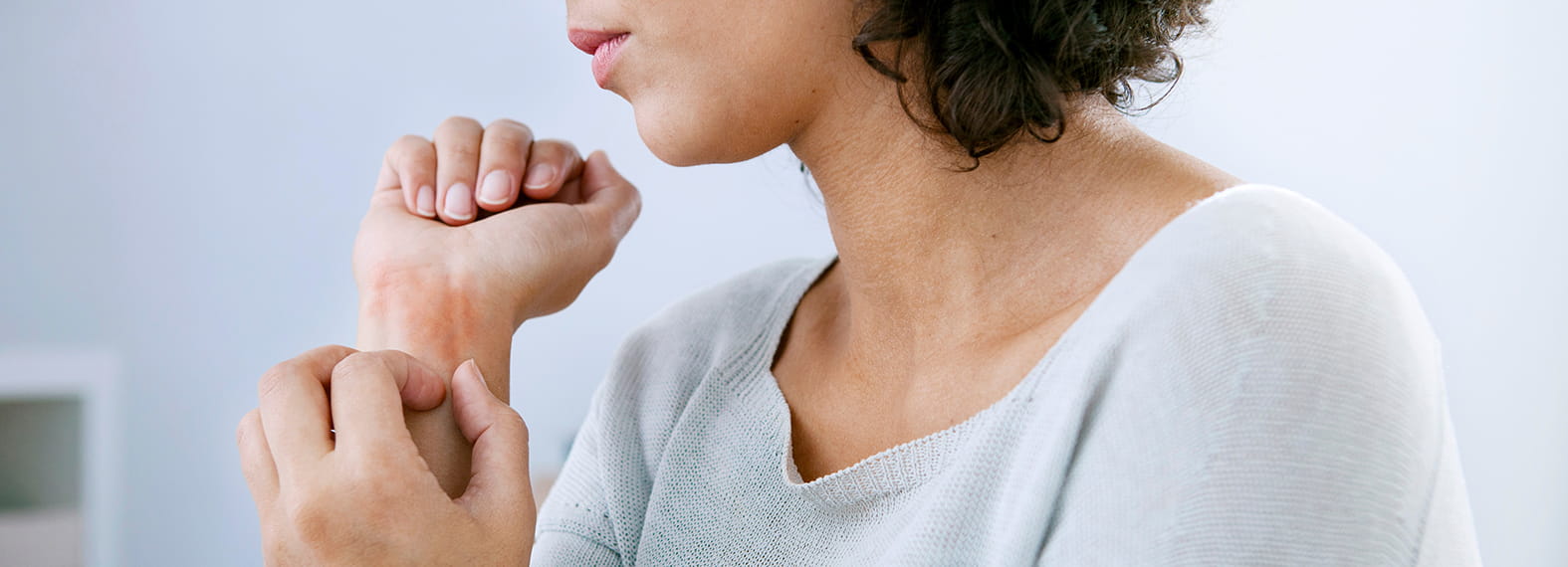Alongside efficient therapy, Swiss Derma Clinic sets great store by drawing up a personalized care and protection plan for the long-term elimination of dermatitis.
Jewellery, cosmetics, shampoo, hair dye, disinfectant, detergents and various building materials may contain substances that irritate your skin.

